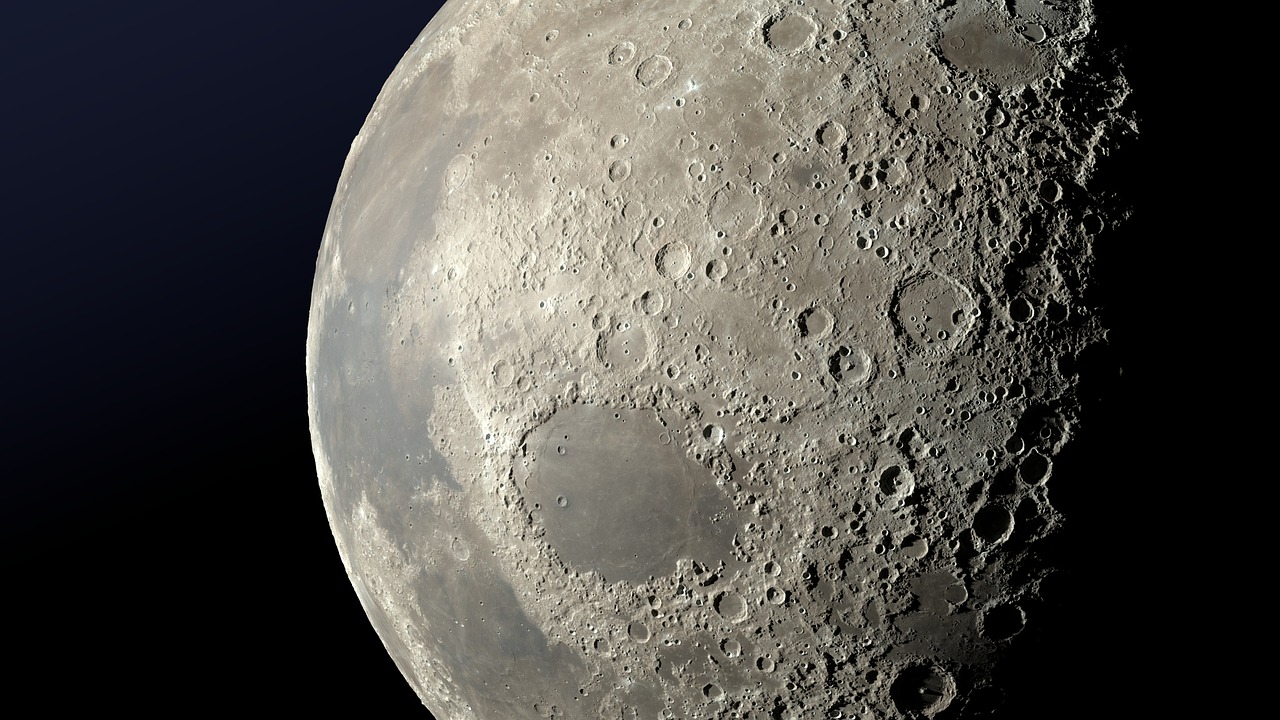
Vocabulary:
- accomplish /uh-KOM-plish/
- significance /sig-NIF-i-kuhns/
- execute /EK-si-kyoot/
- sustain /suh-STEYN/
- mining /MAHY-ning/
[verb] – to finish something successfully or to achieve something
Tom’s determination and hard work helped him accomplish his dream of becoming a doctor.
[noun] – importance:
The historian’s research uncovered the significance of a previously unknown figure in the country’s history.
[verb] – to do or perform something, especially in a planned way:
The dance troupe was able to execute the complex choreography flawlessly, earning a standing ovation.
[verb] – to cause or allow something to continue for a period of time:
The athlete was able to sustain a high level of performance throughout the entire game, leading her team to victory.
[noun] – the industry or activity of removing substances such as coal or metal from the ground by digging
The mining industry provides important resources, such as coal and metals, that are used in manufacturing and construction.
Article reading:
The Japanese mission was the first test by iSpace of what they hope will be a series of commercial landers over the next few years. The company’s vision is to provide commercial services for a sustained human presence on the lunar surface, such as sending up equipment for mining and producing rocket fuel. A successful landing would have represented a “step change” in commercial involvement in space exploration, according to Dr. Adam Baker, director of space consultancy firm Rocket Engineering. The United States, Russia, and China are the only countries to have managed to put a robot on the lunar surface, all through government-sponsored programs. In 2019, Israel’s Beresheet mission became the first attempt by a private company to land on the moon, but its spacecraft was lost during the landing attempt.
Discussion Questions:
- Do you think space missions are significant? Why or why not?
- Do you think the moon lander’s failure will affect future space explorations? Why or why not?
- Do you think iSpace has achieved its objectives?
- Why do you think iSpace’s mission to land on the moon is important for the future of space exploration?
- How could the data and experience acquired by iSpace’s mission be useful in future lunar missions?
Summarization
Describe:
- lunar lander
- toymaker
- government-sponsored
- private company
- spacecraft